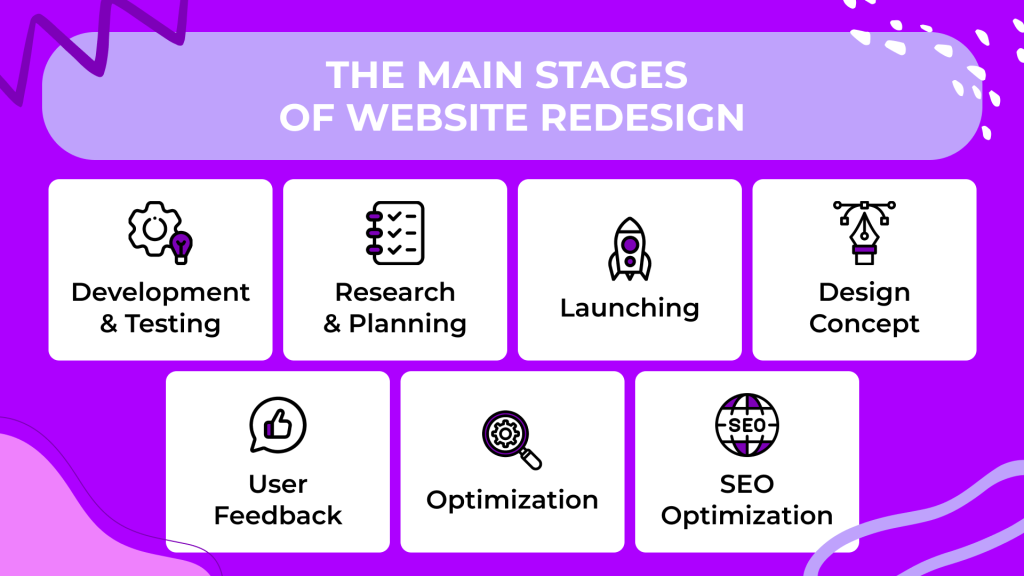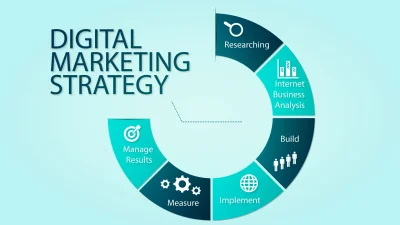Introduction
In the competitive restaurant industry, a well-designed website can be the difference between a fully booked evening and empty tables. This case study explores how a strategic website redesign helped a mid-sized restaurant increase its online reservations by 40% in just three months. From outdated visuals to streamlined booking systems and SEO enhancements, we’ll walk through the entire transformation and the measurable impact it had on the business.
1. Background: The Restaurant and Its Challenges
About the Restaurant
- Name: The Urban Fork (fictional name)
- Location: Tier-2 city with growing food culture
- Cuisine: Contemporary Indian with global influences
- Target Audience: Young professionals, families, and tourists
Initial Website Issues
Before the redesign, The Urban Fork’s website suffered from:
- Slow load times
- Non-responsive design
- Outdated visuals
- No online reservation system
- Poor SEO visibility
- High bounce rate
Despite having great food and ambiance, the restaurant struggled to convert online visitors into diners.
2. Goals of the Redesign
The redesign project was initiated with clear objectives:
- Improve user experience (UX)
- Enable seamless online reservations
- Showcase the menu and ambiance visually
- Boost local SEO rankings
- Increase mobile usability
- Drive more traffic and conversions
3. Strategy and Planning
User Research and Analytics
- Conducted heatmaps and session recordings
- Analyzed Google Analytics for bounce rates and exit pages
- Interviewed staff and customers for feedback
Competitive Benchmarking
- Studied top-performing restaurant websites in similar markets
- Identified trends in layout, booking systems, and mobile UX
Design Goals
- Clean, modern aesthetic
- Mobile-first design
- Prominent CTAs (Call-to-Actions)
- Visual storytelling through imagery and video

4. Key Changes Made During the Redesign
1. Visual Overhaul
- Introduced a minimalist design with bold imagery
- Used warm tones and textures to reflect the restaurant’s ambiance
- Added a hero video showcasing the dining experience
2. Mobile Optimization
- Implemented responsive design across all devices
- Simplified navigation for thumb-friendly access
- Optimized image sizes for faster mobile load times
3. Online Reservation System
- Integrated Tablein for real-time booking
- Added a sticky “Reserve Now” button on all pages
- Enabled calendar sync and SMS confirmations
4. Menu Presentation
- Converted PDF menu to interactive HTML
- Added filters for dietary preferences
- Included high-quality images and dish descriptions
5. Local SEO Enhancements
- Claimed and optimized Google Business Profile
- Added schema markup for menu, location, and reviews
- Created location-specific landing pages
- Improved NAP consistency across directories
6. Performance Optimization
- Minified CSS and JavaScript
- Enabled browser caching and GZIP compression
- Reduced server response time with CDN integration
5. Results and Impact
Reservation Growth
- Before Redesign: Avg. 120 reservations/month
- After Redesign: Avg. 168 reservations/month
- Increase: 40% growth in online reservations
Traffic Metrics
- Organic traffic increased by 55%
- Bounce rate dropped from 68% to 42%
- Average session duration increased by 35%
Mobile Engagement
- Mobile users accounted for 70% of traffic post-redesign
- Mobile reservations increased by 60%
Customer Feedback
- Positive reviews on ease of booking
- Increased mentions of website experience in Google reviews
- Staff reported fewer phone calls and smoother table management

6. Lessons Learned
1. UX Drives Conversions
A clean, intuitive interface encourages users to take action. The reservation button’s placement and visibility were key to boosting bookings.
2. Mobile Is Non-Negotiable
With most users browsing on mobile, responsive design and fast load times are essential.
3. SEO Is a Long-Term Investment
Local SEO improvements not only increased visibility but also brought in high-intent traffic.
4. Visuals Matter
Professional photography and video helped convey the restaurant’s vibe, enticing users to visit.
5. Integration Saves Time
Automated booking systems reduced manual work and improved customer satisfaction.
7. Future Plans
Following the success of the redesign, The Urban Fork plans to:
- Launch a loyalty program integrated into the website
- Add online ordering and delivery options
- Start a blog featuring recipes and chef stories
- Run seasonal campaigns with landing pages and email marketing
Conclusion: Design That Delivers
This case study proves that a thoughtful website redesign can have a tangible impact on a restaurant’s bottom line. By focusing on user experience, mobile optimization, and local SEO, The Urban Fork turned its website into a powerful tool for growth. Whether you’re a small café or a multi-location brand, investing in your digital presence can lead to real-world results — and more reservations.





